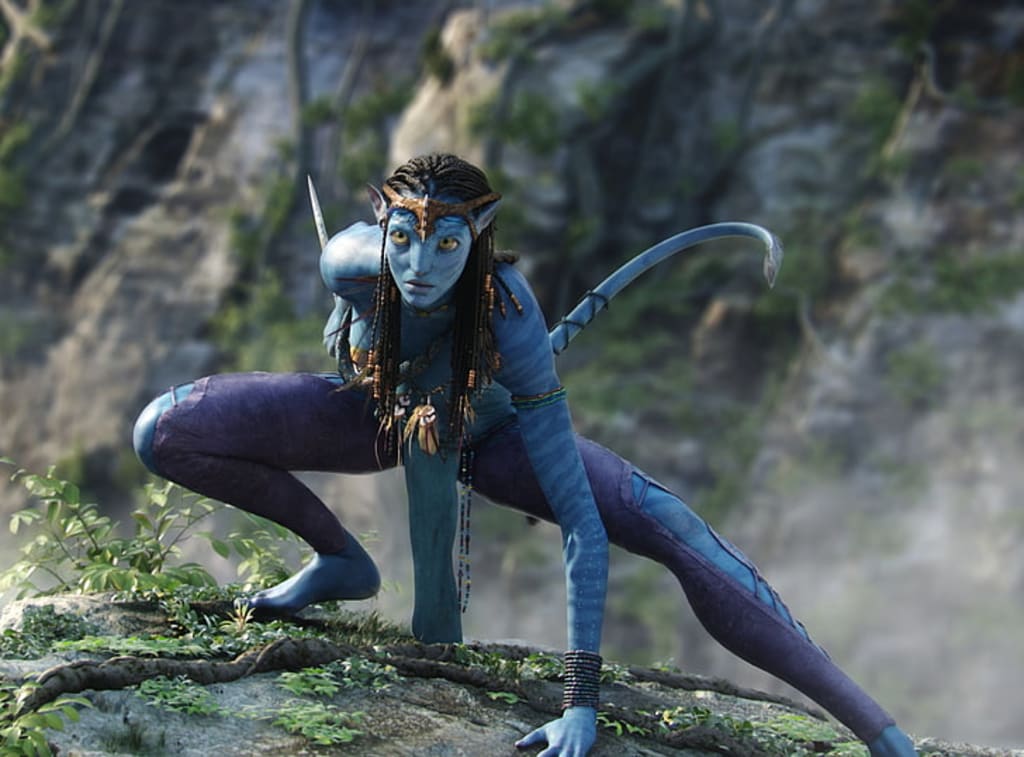Creating Pandora from The Ground Up: The Special Effects of Avatar
Despite its cliche story, Avatar should be recognized for the technological marvel it is.

James Cameron’s Avatar has received criticism in the years after its initial release. Although it was incredibly hyped at the time of that release (becoming the highest-grossing film of all time until Avengers: Endgame broke that record in 2019), many people now chastise its cliche plot and one-note characters. However, the one thing that no one has ever denied about the film is the ground-breaking visual effects implemented in it. James Cameron originally wrote the film in the late '90s and intended to start filming after his equally successful and box-office-record-breaking Titanic, but he realized that the technology available at the time was not good enough to accomplish his vision. In 2005, he started working on the film again, the technology finally starting to catch up to his ideas. In 2009, viewers were able to lose themselves on the alien planet of Pandora and experience the culture of the Navi people, watching a science fiction world unfold in a way that they had never experienced before, because of what the filmmakers were able to do with those special effects.
Many innovations in special effects were used in order to create the world of Pandora. Some of those innovations focused on creating the planet itself. A new lighting system was implemented in order to properly light massive areas of the planet such as jungles, and the motion capture stage, or “volume,” the filmmakers used to film actors in was over six times larger than any previously used. The massive set combined with the more realistic lighting allowed for the planet’s scale to feel tangible to the audience, with the set allowing the actors to play around in a huge world and the lighting of the digital world allowing the planet to transcend the digital realm and feel like a living, breathing universe. The animators also researched the geography of real places in South America and China in order to create a sci-fi world that still felt grounded in reality and like a believable planet. All of these elements combined created a planet that audiences could absorb themselves into.
Most of the special effects innovations contributed to creating the Navi, the inhabitants of this alien planet. Cameron himself developed new motion capture technologies in order to allow for full performance capture of all the actors. Skull caps were individually made for each actor with a camera fitted directly in front of their faces to capture all of their movements. The information collected by the cameras was then directly transmitted into computers to make the movements and facial features as realistic as possible. There were also various reference cameras used in order to capture the actors from various angles and give the animators more angles to work with. According to Cameron, the motion capture cameras were able to film and retain 100% of the facial expressions, meaning that the animators could utilize the performances of the actors more and make the characters feel more human. There’s a human quality to the characters in the movie that wouldn’t be the same without that motion capture technology because they didn’t just animate facial expressions that are so well animated that they feel real. It's the real facial expressions of the actors that make each character unique to those actors and still allows their performances to come through. At the same time, you can also argue that the facial expressions feel more expressive when the humans are in their avatar bodies than when they’re in their human bodies because the animators were still able to express their style through the characters. The motion capture developed for this film combines artificial intelligence with human performances in a way that film has never demonstrated before.
Despite how incredible the special effects were, those effects wouldn’t feel nearly as realistic if the actors didn’t give it their all. The motion capture animators are building CGI characters from the performances they are given, so they can’t create physicality that isn’t actually there from the actors. Sam Worthington, who portrayed Jake Sully in the film, was trained by members of the Marine Corps in order to learn how to use his weaponry properly and embody the physicality of a soldier. All of the actors that portrayed the Navi went through training to learn how to move like the alien race, with each actor training in horseback riding, archery, character movement, dance, and language in order to learn how to properly embody a completely different and fictional race. This demonstrates that despite how great the motion capture technology is at capturing human movements, the animation that results from it can only come from what the actors give the cameras. The actors were still an essential part of the movie because, without their dedication to learning how to become the Navi, the believability of the characters would not come through in the motion capture technology.
Even 10 years after its release, Avatar is still a technological marvel. It utilized brand new technology to bring the planet of Pandora and the Navi tribe to life while also integrating the quirks and personality traits that each actor brought to their character. All of the research, training, and technology combine together to create a planet that feels like it lives, a people that feels like it has a genuine culture, and a world that audiences can get sucked into every time they see the movie. While people may discredit the story nowadays, no one can deny that the world-building of Avatar is absolutely phenomenal and its ground-breaking special effects will cement the film’s historical status for decades to come.
Sources:
Avatar's Wikipedia page (check sources for accurate information)





Comments
There are no comments for this story
Be the first to respond and start the conversation.